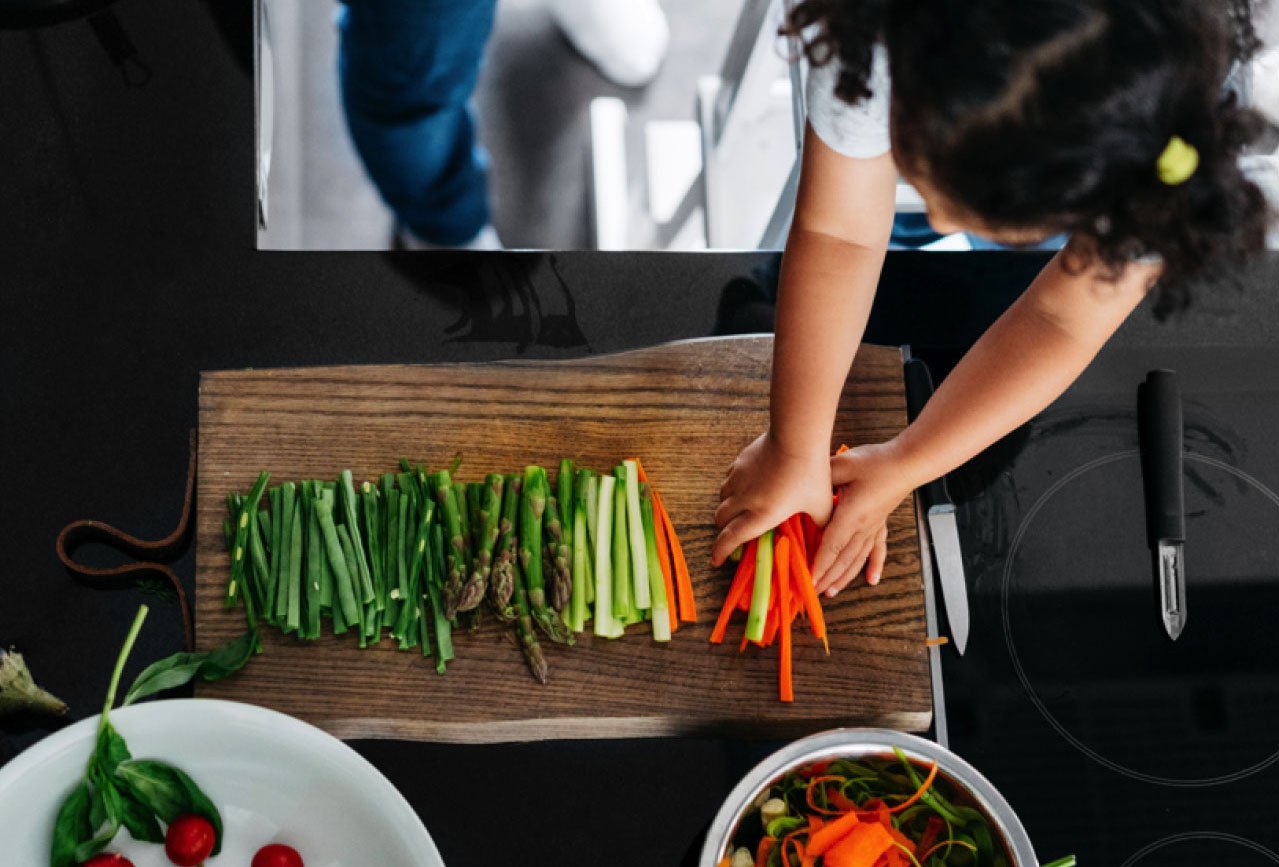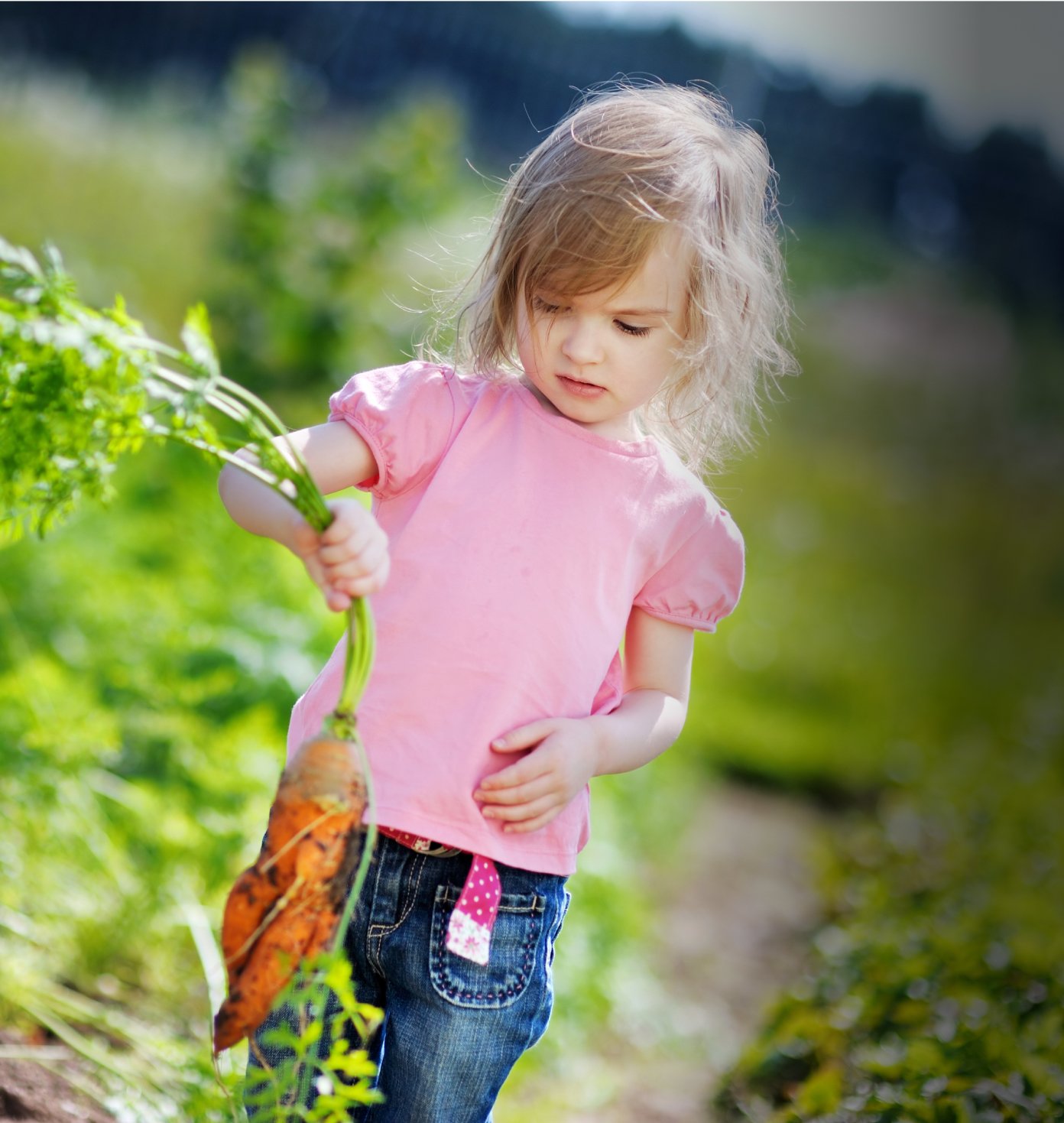Almost all peaches are contaminated with pesticides – some with as many as 19
WEDNESDAY, MARCH 20, 2024
Recognized as Georgia’s official state fruit, peaches are noteworthy for concerned consumers for a different reason in the 2024 Shopper’s Guide to Pesticides in Produce™ – they’re in the fifth slot on EWG’s Dirty Dozen™, the list of fruits and vegetables most contaminated with pesticide residues.
Our analysis of the Department of Agriculture’s 2021 and 2022 tests of over 900 samples of fresh non-organic, or conventionally grown, peaches found 99 percent were contaminated with pesticide residues.
We also determined:
- Overall, 59 different pesticides were found on peaches.
- Over 65 percent of the peaches tested had residues of four or more pesticides.
- A single peach sample could have traces of up to 19 different pesticides.
The pesticides detected on peaches include fungicides, applied to control mold, as well as insecticides that can harm the nervous system of insects, wildlife and people.
Fungicides were the most commonly found type of pesticides on peaches. They’re also what the USDA detected in the highest amounts, on average, on peaches. They can be applied late in the growing season, or after harvesting, to keep fruit from spoiling. But they’re also potentially harmful to humans.
The fungicide fludioxonil was found on nearly 90 percent of peach samples. Four had residues of fludioxonil exceeding the maximum amount allowed by the Environmental Protection Agency. Recent laboratory research suggests this chemical may harm fetal development, cause changes in the cells of the immune system and disrupt hormone activity.
Propiconazole, a fungicide that’s been reported to be toxic to the liver and harmful to the male reproductive system, was found on over 40 percent of the USDA samples.
The percentages of peach samples with residues of fludioxonil and propiconazole were higher in the USDA’s most recent tests than they were in 2014, when the agency last tested the fruit. In 2014, the USDA found the fungicides on 65 percent of samples for fludioxonil and 38 percent of samples for propiconazole.
The average concentrations of these two fungicides were also higher in the most recent round of tests.
Neonicotinoid pesticides are also still found on peaches. Several neonics have been banned in the European Union because they can harm pollinators, and emerging evidence suggests they may also be harmful to children’s health.
The newest USDA tests found the neonic imidacloprid on about 6 percent of samples, versus about 11 percent in the 2014 tests.
But the neonic acetamiprid was found on about 20 percent of samples this time around, compared to only about 11 percent in 2014.
There is some good news for peach lovers: Detections are down for phosmet, a neurotoxic organophosphate insecticide, and iprodione, a fungicide that can harm the male reproductive system and is classified by the EPA as a likely human carcinogen.
Compared to earlier USDA tests, in 2014, phosmet residue was down to just 2 percent of samples, from 15 percent, and iprodione was found on just over 4 percent of samples, down from nearly 30 percent.
About EWG’s Shopper’s Guide to Pesticides in Produce
EWG’s Shopper’s Guide to Pesticides in Produce is a suite of materials investigating the presence of pesticides in foods and the ways they could harm people, especially children – and to help consumers make the best, most informed choices for their families.
We’ve published the guide nearly every year since 2004.
EWG’s Shopper’s Guide is designed to support people who would like to minimize their exposure to pesticides. It includes two well-known lists: the Dirty Dozen, or the 12 fresh non-organic, or conventional, fruits and vegetables with the highest pesticide residues, as well as the Clean Fifteen, the conventionally grown fruits and vegetables with very low or no traces of pesticides.
Some pesticides have more data linking them to health concerns than others. These pesticides are particularly concerning for children, who are especially susceptible to many of the health harms associated with pesticide exposure.
The presence of so many different pesticides in foods is also problematic. There’s little data available about how multiple pesticides interact with each other in the body or how such mixtures could compound each chemical’s individual potential health harms. But the data we do have suggests that when chemicals are present in a mixture, they may be toxic to humans at lower levels than when alone.
When regulating pesticides, government bodies also consider them only one at a time. They don’t look at the potential total body burden for consumers.











